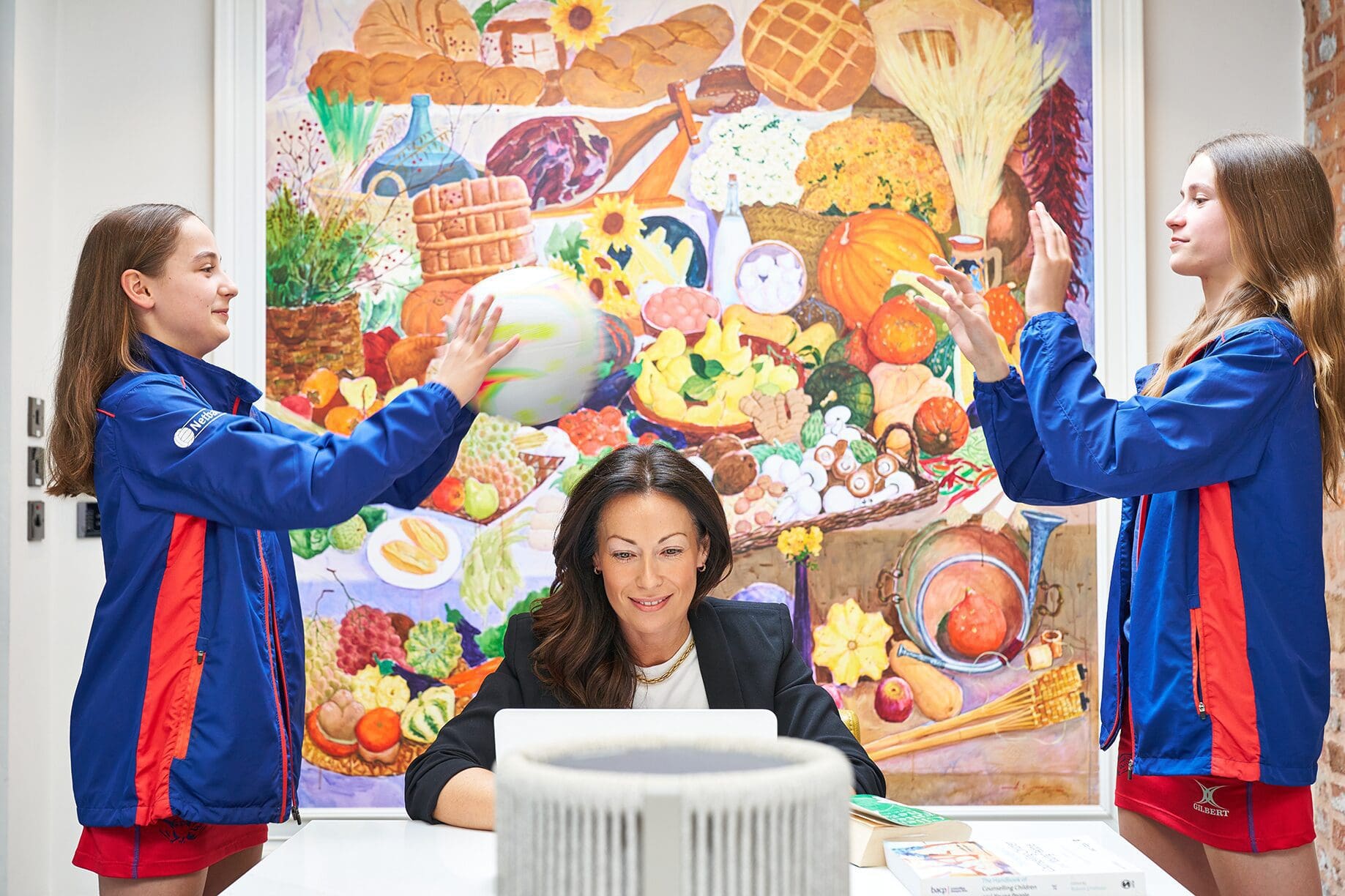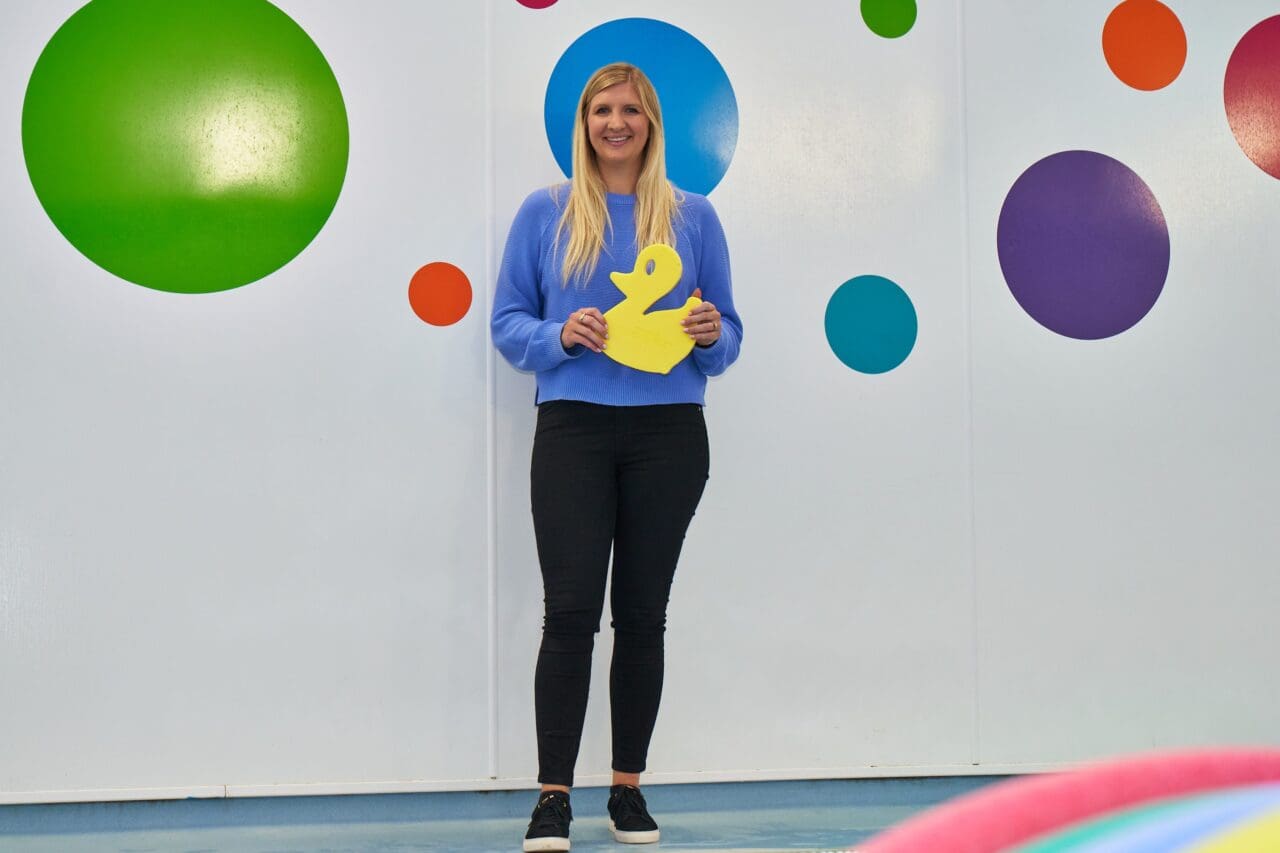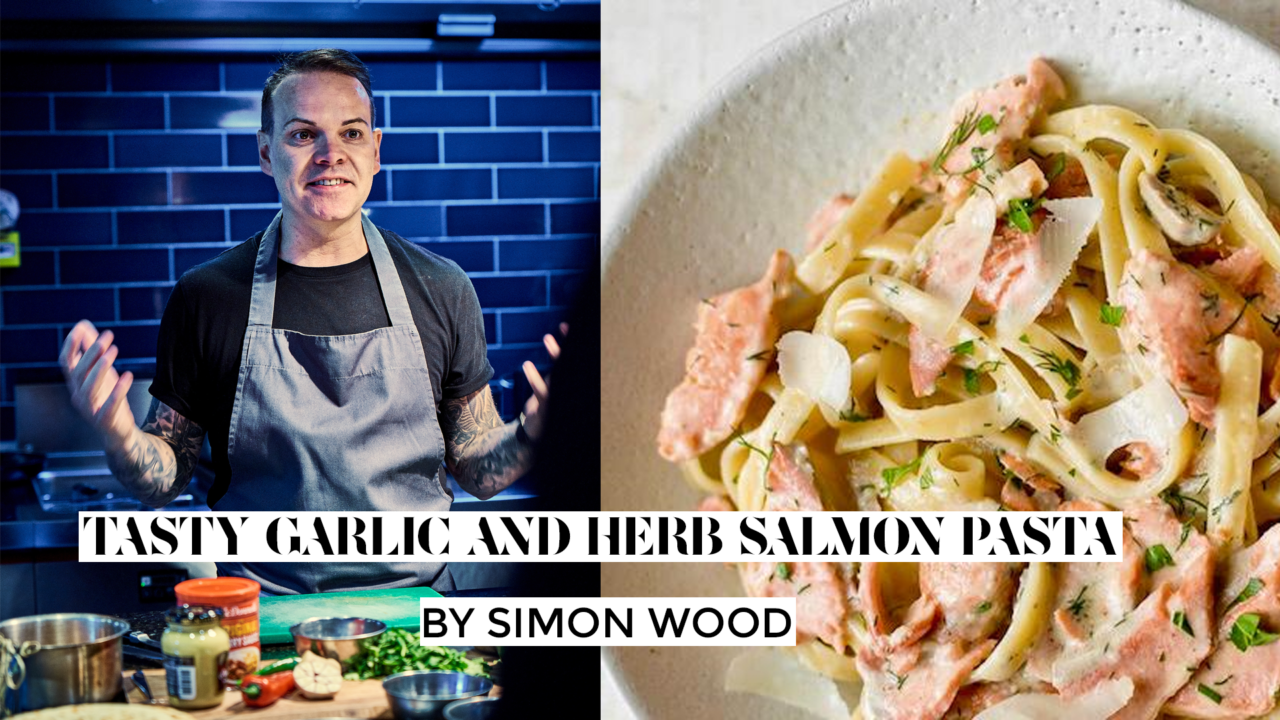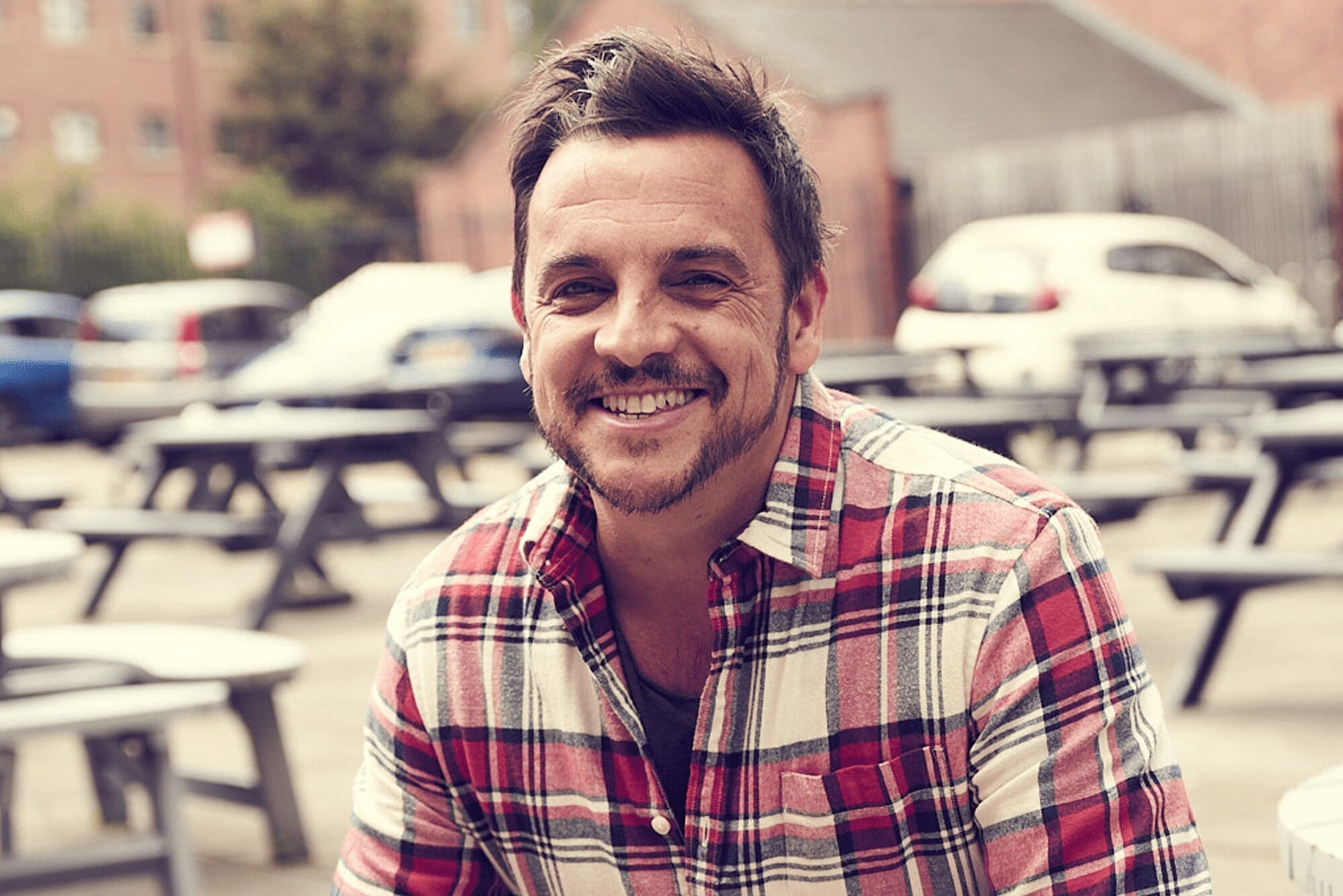How does geothermal pipe installation work?
Over the past few years, heat pumps have shot up in popularity. Especially in the context of rising natural gas prices, they’re becoming increasingly attractive for a lot of home and business owners, thanks to their impressive efficiency and stable comparative costs.
That being said, a lot of people are keen to know a little more about how these systems work, and rightly so. Here, we take a look at how geothermal pipes, a central component of ground source heat pumps, are installed, to give you a better insight into how your installation might go.
What is a geothermal pipe?
Heat pumps might seem magic, but they’re not – they ‘simply’ take heat from the surrounding environment, and channel it into your home. Ground source heat pumps, in particular, take that energy from the earth below, and there are two different ways that this energy is transferred.
Horizontal pipes
Horizontal geothermal pipes, as you might expect, lie horizontally to the surface of the ground. To install them, you dig a trench of around 4-6 feet in depth. Then, two pipes are buried – one at around 6 feet depth, the other at 4 feet depth.
These two pipes are then connected to the heating/cooling system, so that liquid can be put through them. These kinds of approaches are more common for domestic applications, where not a lot of pipe is required for heating purposes.
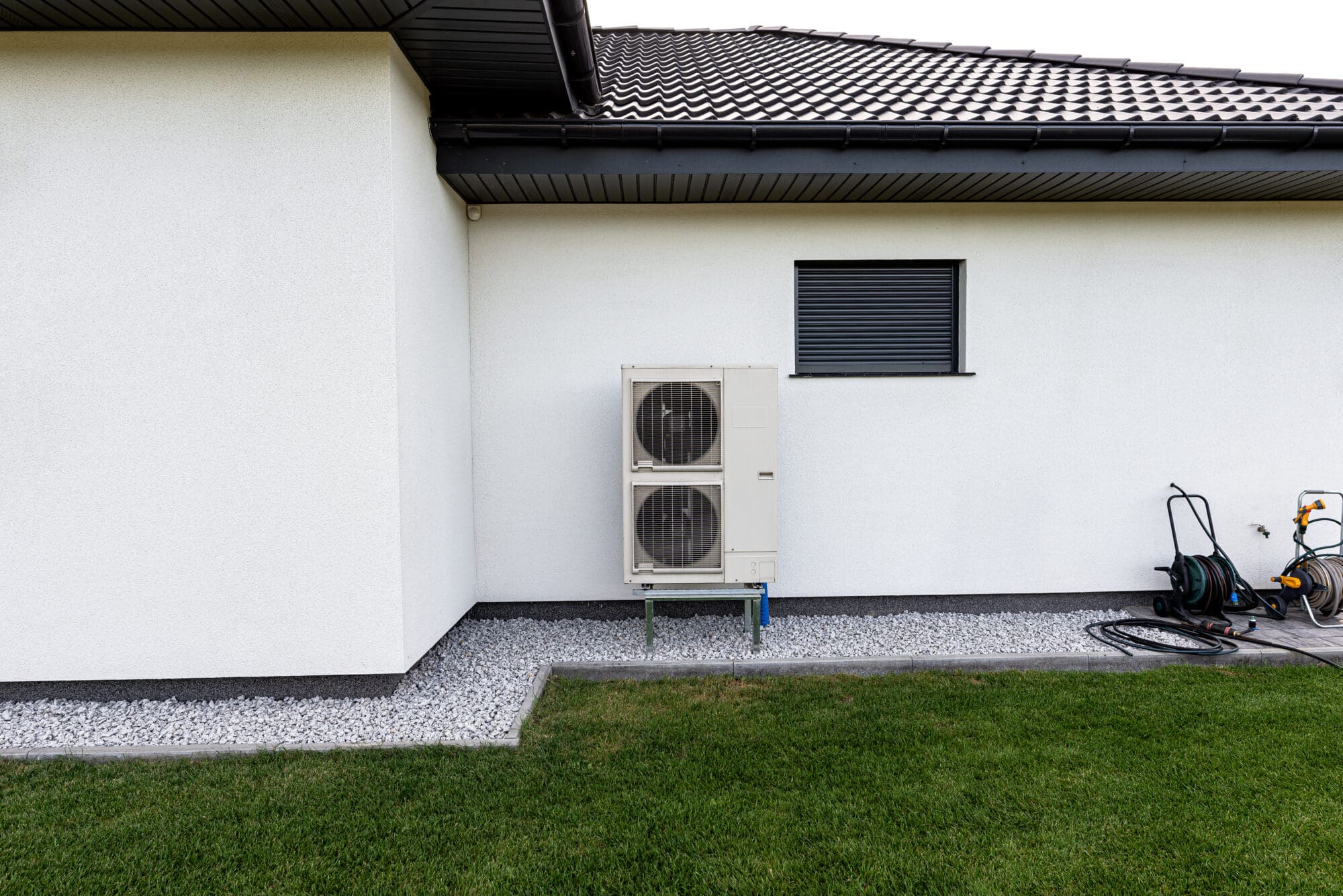
Vertical pipes
With vertical installations, instead of being laid horizontally, the pipes will be laid vertically. To do this, deep holes will be bored by a service like Teckna Group in the ground, between 100 – 400 feet deep, into which the pipe can then be threaded.
These kinds of approaches are more common for larger, commercial buildings, where the area of land required to heat or cool the premises in question would be too much, and drilling boreholes becomes more efficient.
How is the energy transferred?
Once the water/anti-freeze mixture has been circulated through the pipes, it will arrive at a heat exchange that has been installed on the premises in question. Here, the water/anti-freeze is used to slightly heat a heat transfer fluid (called refrigerant) in a separate, sealed part of the heat exchange so that it begins to boil and turns into a gas.
The gas is put into a compressor, and as the pressure is increased by the compressor, the gas gets hotter. That gas then goes into another heat exchanger called a condenser, which is essentially the same as the first one.
The condenser heats up water, which can then be used for heating purposes and for mains water use. Now that the gas has transferred its energy, it turns into a liquid again and restarts the cycle.
Ground source heat pumps are a bit confusing, but this should have hopefully cleared things up a bit – at least in terms of how the pipe is laid underground. If you’re not sure which method to use, speak with an installation expert, and they’ll be able to suggest the one that’s best suited to your needs.


CHARLOTTE HAWKINS INTERVIEW: Mum of one, TV and radio presenter
Mum of one, TV and radio presenter, Charlotte Hawkins has firmly cemented a place as one of Britain’s most loved TV presenters. She is one of the first faces millions of Brits see each morning, as co-host of ITV’s Good Morning Britain.

Tips and Tricks from fellow working parents doing the juggle
TIPS AND TRICKS FROM FELLOW WORKING PARENTS DOING THE DAILY JUGGLE... _ Since we first launched BROOD Magazine we have been lucky enough to speak to a host of parents, who like us and you, are doing the juggle between work and parenting daily. In each interview we’ve...

DISNEYLAND PARIS: EDITOR REVIEW
If you’re looking for an extra special holiday to enjoy with the children, then it really is hard to beat a Disney holiday. We’ve been on two Disney holidays now and both were filled with lots happy tears. Our first trip was on a Disney Cruise back when we only had our oldest two children, so this year we did decided to give Disneyland Paris a go, to see how our little ones tolerated the flights and the rides.

Christmas Trimmings Recipes
Our fine food columnist; Wood Restaurant owner and MasterChef Winner Simon Wood shares his best recipes for the all important Christmas Dinner

CHRISTMAS DAY RECIPES – SIMON WOOD
Restauranteur. Culinary Expert and MasterChef Winner shares his best recipes for the all important Christmas Dinner this Christmas.

SALLY ROWE’S TOP MAKEUP CHRISTMAS PICKS
SALLY ROWE'S TOP MAKEUP CHRISTMAS PICKS Whilst we are amidst the countdown to Christmas Day and our present lists are ever growing. We put ourselves under more pressure each year to buy for our nearest and dearest……and in my case, also the window cleaner, postman etc...

LOSS AFTER LOVE; CHALLENGES DURING THE FESTIVE PERIOD
LOSS AFTER LOVE; CHALLENGES DURING THE FESTIVE PERIODLoss and grief is something that every single human being will experience at some time in their lives, and so we are never alone in this, however, despite this, it can still feel like a very lonely and overwhelming...
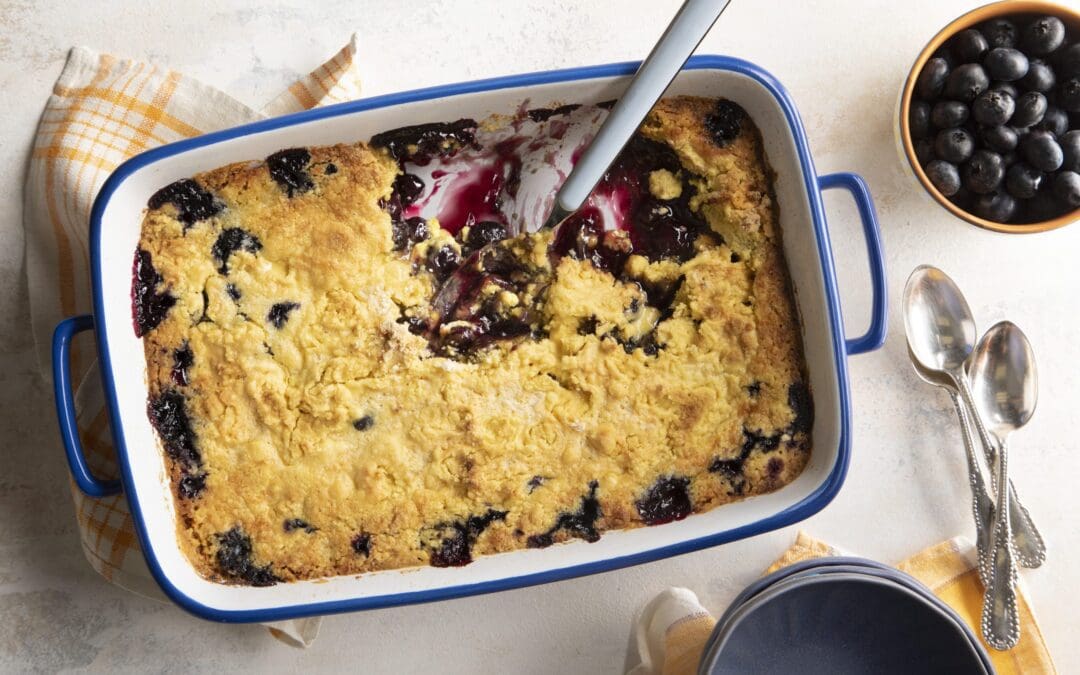
BLUEBERRY DUMP CAKE & FIZZY FESTIVE FRUIT COCKTAIL CUBES BY KATE DEVINE
I love everything about this time of year. The preparing, the celebrating, the socialising, the woolly jumpers, the cosy nights in watching ‘I’m a celebrity’ religiously for 3 whole weeks! What’s not to love?! Talking of preparing, this the week I’ve been thinking of...

HOW TO CO-PARENT AT CHRISTMAS
HOW TO CO-PARENT A HAPPY CHRISTMASI love Christmas as much as my children do. When I was younger I used to get so excited on Christmas Eve I used to give myself stomach ache and my mum would get cross with me and have to calm me down. Now I’m a parent myself I don’t...

Sarie Taylor: Overwhelm
Feeling overwhelmed? Our resident Psychotherapist gives us some tips to reduce our stress and anxiety when it comes to a parent juggling work and family life.









